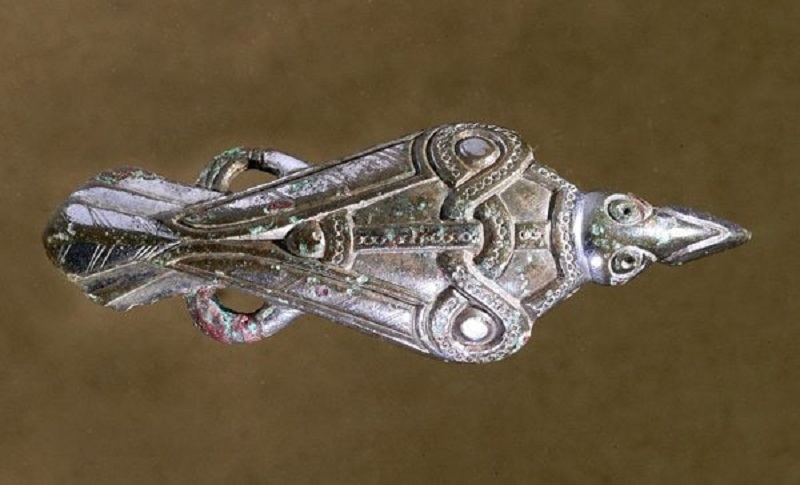Step into the ancient landscape of the Netherlands, where beneath the layers of time lie remnants of a bygone era. Among these treasures is the remarkable discovery of a 4,573-year-old Neolithic wooden peat road near Nieuw-Dordrecht. Unearthed in the 1980s, this extraordinary find offers a glimpse into the lives of our distant ancestors, shedding light on their ingenuity and mastery of craftsmanship. Join us on a journey as we explore the mysteries of this ancient road, tracing its origins back to 2,549 BC through chronology and tree-ring dating.
The Neolithic wooden peat road near Nieuw-Dordrecht stands as a testament to the resourcefulness and adaptability of ancient civilizations. Stretching over 800 meters in length, this meticulously constructed roadway provides insight into the daily lives and movements of Neolithic communities. Built upon layers of peat, the road served as a vital lifeline, facilitating trade, communication, and social interaction across the landscape. Its discovery revolutionized our understanding of prehistoric transportation networks, revealing the sophistication of early human societies.

The construction of the Neolithic wooden peat road has been dated to approximately 2,549 BC, a period marked by significant cultural and technological advancements in the region. Through the use of chronology and tree-ring dating, archaeologists have been able to pinpoint the exact age of this ancient thoroughfare, offering invaluable clues about the Neolithic way of life. The precision and craftsmanship exhibited in the construction of the road speak to the engineering prowess of its creators, who utilized locally sourced materials to forge pathways through the marshy terrain.
As we delve deeper into the significance of the Neolithic wooden peat road, we uncover layers of history that resonate with our modern-day sensibilities. Beyond its practical utility, the road symbolizes the interconnectedness of ancient communities and the enduring human quest for exploration and connectivity. Its discovery challenges conventional notions of prehistoric societies, highlighting their capacity for innovation and adaptation in the face of environmental challenges.
The field of archaeology plays a pivotal role in unlocking the mysteries of the past and illuminating the trajectory of human civilization. By excavating and analyzing artifacts such as the Neolithic wooden peat road, archaeologists offer invaluable insights into our shared heritage and cultural evolution. Moreover, archaeology fosters a sense of curiosity and wonder, inspiring us to appreciate the rich tapestry of human history and the resilience of the human spirit across time and space.

Conclusion: In conclusion, the Neolithic wooden peat road near Nieuw-Dordrecht stands as a testament to the ingenuity and resourcefulness of ancient peoples. Its discovery not only enriches our understanding of prehistoric societies but also underscores the importance of archaeological research in preserving and interpreting our collective past. As we reflect on the significance of this remarkable find, we are reminded of the enduring relevance of archaeology in unraveling the mysteries of history and shaping our understanding of the world around us.










